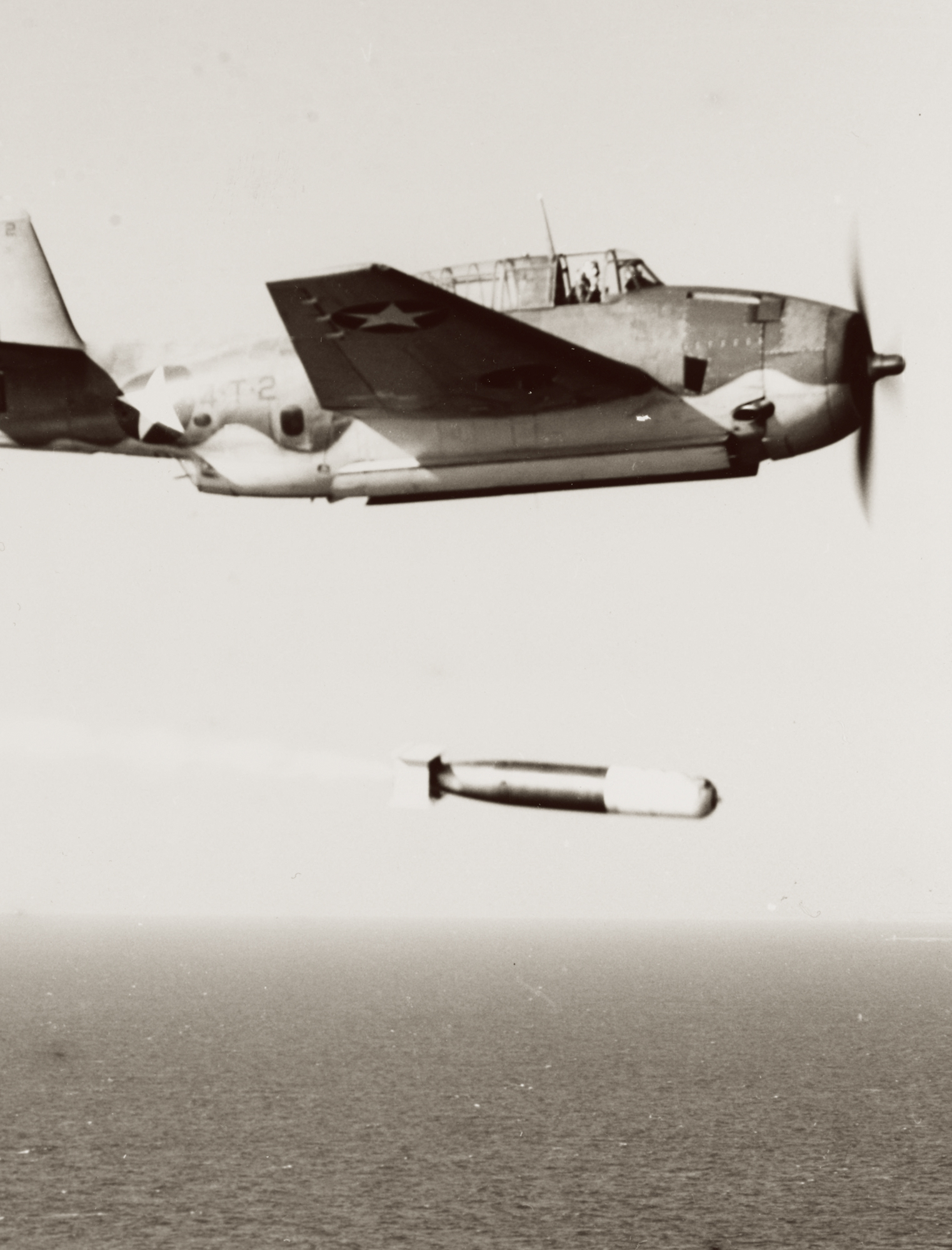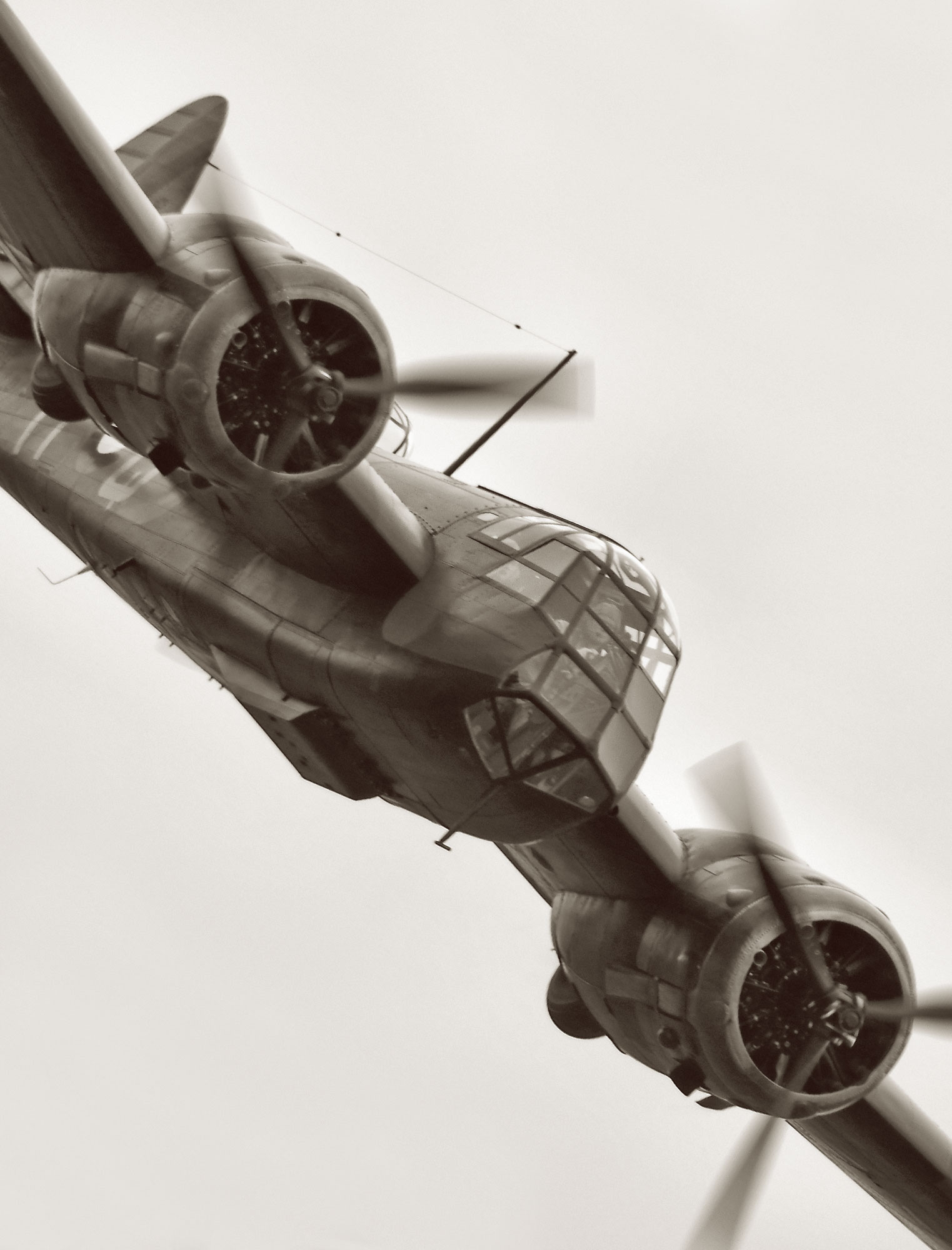- AUST POST SHIPPING
- 0438 654 235
- info@recoverycurios.com
- P.O. Box 7640 Cairns QLD Australia, 4870
-
0
Shopping Cart

BRISTOL BLENHEIM Mk1A-V, 5c/372 No.2 Mk III MORSE CODE KEY
 One essential qualification for all RAF pilots, was to be able to read and send morse code at a minimum speed of 15 words per minute.
One essential qualification for all RAF pilots, was to be able to read and send morse code at a minimum speed of 15 words per minute.
Mounted on the port wall of the Blenheim’s cockpit at the pilot’s left and connected to the aircraft’s Identification Lights, the Morse Code Key was used for air to air communication with other fighter/bombers nearby when radio silence was required.
With later models being massed produced in bakelite, this rare and original all-metal, No.2 MkIII Morse Code Key makes it one of the first units to be installed in the early Bristol Blenheims, Handley Page Hampdens, Hurricanes and the Mk IA Spitfire.
 Outsourcing…
Outsourcing…
Leading up to and during the early war years, the British Government quickly realised that they were going to be short of two critical resources to enable them to resist the German onslaught.
One was a massive and steady supply of new pilots and aircrew the other, a reliable source of new aircraft to replace their ever diminishing squadrons.
 The first was achieved through the establishment of the British Commonwealth Plan (BCATP), or Empire Air Training Scheme (EATS) - a joint military aircrew training program created by the United Kingdom, Canada, Australia and New Zealand.
The first was achieved through the establishment of the British Commonwealth Plan (BCATP), or Empire Air Training Scheme (EATS) - a joint military aircrew training program created by the United Kingdom, Canada, Australia and New Zealand.
 Recruits undertook basic pilot training in their home countries before transferring to Canada for advanced pilot and aircrew training after which they were dispersed amongst the RAF squadrons operating in Europe and other theatres of war.
Recruits undertook basic pilot training in their home countries before transferring to Canada for advanced pilot and aircrew training after which they were dispersed amongst the RAF squadrons operating in Europe and other theatres of war.
 All tooled up…
All tooled up…
The second was addressed through the outsourcing of additional aircraft and aircraft component production to Canada - a country far from the threat of the Luftwaffe’s relentless bombing campaign devastating British manufacturing infrastructure.
To that end, Canada took receipt of duplicate tooling to produce a Canadian version under licence, of the British wooden-framed fighter and fighter/bomber, the Hawker Hurricane and De Havilland Mosquito along with the British heavy bomber, the Avro Lancaster.
 Using original British tooling, Canadian factories were also churning out a wide range of aircraft components and instrumentation that could be quickly shipped to Britain and used across the RAF’s dwindling fleet as replacement stock for damaged or destroyed fighters and bombers.
Using original British tooling, Canadian factories were also churning out a wide range of aircraft components and instrumentation that could be quickly shipped to Britain and used across the RAF’s dwindling fleet as replacement stock for damaged or destroyed fighters and bombers.
British manufactured heavy and medium bombers such as the Lancaster, Handley Page Halifax and Hampden carried Canadian built Altimeters at their navigator’s desks whilst other aircraft such as the Westland Lysander, Spitfire, Hurricane and the later Typhoon, could all be found with a wide and eclectic combination of domestic and overseas instrumentation.
 American made…
American made…
Britain’s Coastal Command’s torpedo and depth charge carrying Bristol Beaufighters, Handley Page Halifaxs, Vickers Wellington and Short Sunderlands carried a number of USN instruments that had been supplied through the US government’s Lend Lease program.
One of these was the USN’s Radio Altimeter system normally installed in the TBF Avenger and Curtiss SB2 Helldiver carrier-launched dive bombers, which bounced a radio signal off the ocean's surface in order to maintain extremely accurate pre-set low level heights for the successful launching of their torpedos.
This No.2 MkIII Morse Code Key is a classic example of Britain’s aircraft component outsourcing program.
 Featuring identical components both inside and out as well as an identical printed wiring instruction label on the inside of the swing-out lockable face, this early all-metal Canadian built Morse Code Key also features the identical British Serial Number 5c/372 and model identification No2 Mk III on its face with the only difference being the British, ‘AM & Crown' stamp replaced by the wording ‘CANADA’
Featuring identical components both inside and out as well as an identical printed wiring instruction label on the inside of the swing-out lockable face, this early all-metal Canadian built Morse Code Key also features the identical British Serial Number 5c/372 and model identification No2 Mk III on its face with the only difference being the British, ‘AM & Crown' stamp replaced by the wording ‘CANADA’
With the advent of the new bakelite moulded instrument housings and components, the labour intensive all-metal Mk III’s were quickly superseded by bakelite models which the British Air Ministry could produce quickly and cheaply, removing the need to continue outsourcing the Canadian versions.
This is an extremely rare example of an early Bristol Blenheim Morse Code Sender Key and would make a fantastic and totally unique and treasured, original aircraft collectable from a bygone era and one of the world’s iconic fighter aircraft.
As far as can be determined, this Morse Code Sender Key seems to have all its components and appears in full working order.
Mounted in its 100yr old, hand-crafted Mango Wood display stand with engraved plaque and detailed 1/72 or super detailed 1/48 scale model of a Bristol Blenheim perched atop its magnetic display arm, plus a detailed laminated Fact Sheet featuring a photo of the instrument in the Blenheim's cockpit, this Recovery Curios Aircraft Collectable would make a perfect gift for the pilot or aviation enthusiast in your life.
This Bristol Blenheim Instrument comes complete with detailed Scale Model, Mango Wood Stand & Plaque plus Printed Fact Sheet featuring photo of instrument in aircraft cockpit.
Return to Bristol Blenheim MAIN PAGE
Your Bristol Blenheim 5c/372 No.2 Mk III Morse Code Sender Key, Original Recovery Curios Warbird Collectable includes:
- Highly detailed hand-built and airbrushed 1/72 plastic scale model of the aircraft.
- Original Warbird instrument
- Hand-crafted and beautifully finished 100yr, Far North Queensland Mango Wood display stand
- Detailed, 2-sided, printed and laminated Instrument Fact Sheet detailing aircraft and instrument
- Removable Magnetic Display Arm
The heavily detailed scale model is available with wheels & flaps up or down and bomb bays open or closed. Upon order placement you will receive an email asking for your preferred configuration.
Your complete Recovery Curios Original Instrument Collectable is securely packed and delivery normally takes between 4 - 6 weeks approx..
Did you fly, crew or maintain a Bristol Blenhiem or have a friend, colleague or family member who did? Check out our PERSONALISED ORIGINAL INSTRUMENT COLLECTABLE OPTION here.
- LAND
- SEA
- AIR
- VINTAGE ORIGINAL AIRCRAFT INSTRUMENTS
- HAWKER TYPHOON
- VICKERS WELLINGTON
- FAIREY GANNET
- RYAN ST-A SPORTS TRAINER
- DE HAVILLAND TIGER MOTH
- HAWKER HUNTER
- Mc DONNELL DOUGLAS KC-10 AERIAL TANKER
- SOPWITH CAMEL
- AIRCO DH.1 AND DH.2
- JUNKERS JU 87
- CURTISS C-46 COMMANDO
- HANDLEY PAGE HAMPDEN
- SUPERMARINE SEAFIRE
- B-25 MITCHELL BOMBER
- BRISTOL BLENHEIM
- ENGLISH ELECTRIC LIGHTNING
- HAWKER TEMPEST MkVI
- YAKOVELOV YAK - 3
- FOCKE-WULF FW190
- FOLLAND GNAT
- AIRSPEED OXFORD
- SHORT STIRLING
- AVRO ANSON
- DOUGLAS C-133 CARGOMASTER
- HANDLEY PAGE VICTOR BOMBER
- DE HAVILLAND SEA VENOM
- VICKERS VALIANT BOMBER
- DOUGLAS A-26 INVADER
- GRUMMAN S2F TRACKER
- SUPERMARINE SPITFIRE
- LOCKHEED P2-V NEPTUNE
- P-51 MUSTANG
- BRISTOL BEAUFIGHTER
- DE HAVILLAND MOSQUITO
- B-26 MARTIN MARAUDER
- P3 ORION
- DOUGLAS A-20 HAVOC
- P-39 AIRACOBRA
- AVRO SHACKLETON
- B-17 FLYING FORTRESS
- B-24 LIBERATOR
- MESSERSCHMITT BF-110
- MESSERSCHMITT BF-109
- BRISTOL BEAUFORT
- KAWASAKI Ki-45 (NICK) INTERCEPTOR
- C-130 HERCULES
- CAC BOOMERANG
- AVRO LANCASTER
- GRUMMAN F4F WILDCAT
- F4U VOUGHT CORSAIR
- WESTLAND LYSANDER
- P-47 REPUBLIC THUNDERBOLT
- NORTH AMERICAN T-6 TEXAN - HAVARD
- C-47 SKYTRAIN
- DOUGLAS SBD DAUNTLESS
- CAC WIRRAWAY
- PBY CATALINA
- P-40 WARHAWK
- FAIREY SWORDFISH
- P-38 LIGHTNING
- HAWKER HURRICANE
- CURTISS SB2C HELLDIVER
- GRUMMAN F6F HELLCAT
- SEAKING HELICOPTER
- SEAHAWK HELICOPTER
- DOUGLAS A4G SKYHAWK
- GRUMMAN TBF AVENGER
- HANDLEY PAGE HALIFAX
- DOUGLAS SKYRAIDER AE-1
- GLOSTER METEOR
- JUNKERS JU-88
- F-86 SABRE JET
- SHORT SUNDERLAND
- B-29 SUPER FORTRESS
- F-9F GRUMMAN PANTHER
- F-100D SUPER SABRE
- BELL UH-1 HUEY HELICOPTER
- AVRO VULCAN STRATEGIC BOMBER
- CANBERRA BOMBER
- DHC-4 CARIBOU
- BLACKBURN BUCCANEER
- DE HAVILLAND VAMPIRE JET
- HAWKER SEA FURY
- LOCKHEED HUDSON
- LOCKHEED EC-121 WARNING STAR
- SEPECAT JAGUAR
- HAWKER SIDDELEY NIMROD
- HAWKER SIDDELEY HARRIER
- ARADO AR 196
- VOUGHT OS2U KINGFISHER
- LOCKHEED ELECTRA
- NORTHROP P-61 BLACK WIDOW
- BOEING CH-47 CHINOOK
- LOCKHEED PV-1 VENTURA
- BOEING P26-A 'PEASHOOTER'
- Ilyushin Il-2 ‘Sturmovik’
- WESTLAND WESSEX
- FAIREY FIREFLY
- VINTAGE AVIATION COLLECTABLES
- VINTAGE COLLECTABLE MODEL AIRCRAFT KITS
- RETRO STYLE METAL AIRCRAFT COLLECTABLES
- VINTAGE ORIGINAL AIRCRAFT INSTRUMENTS



